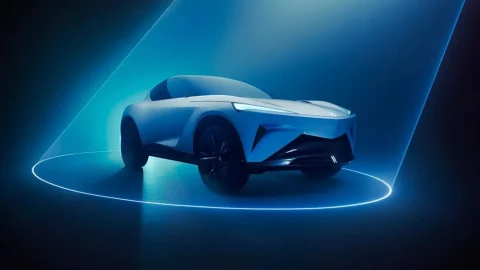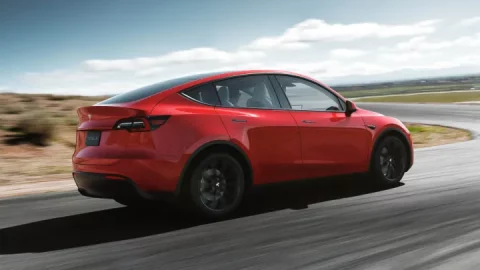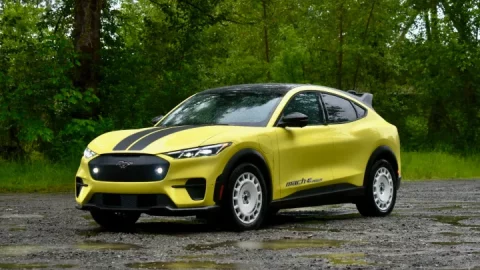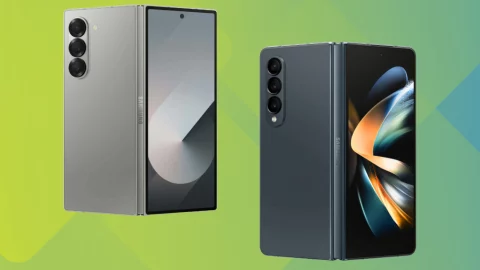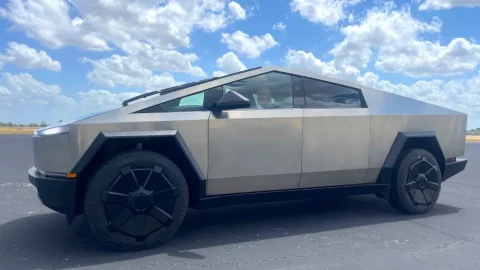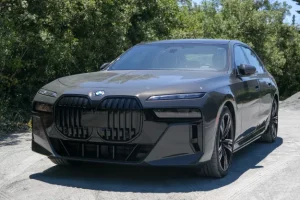
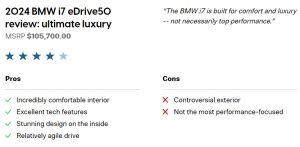
Over the past few years, the luxury electric car market has become very heated. There are many models to choose from, including Mercedes-Benz and Lucid models from established automakers. BMW’s version of a high-end electric sedan is the BMW i7, which, depending on the trim level, includes a large TV for the passengers.
The BMW i7 is designed to be a comfortable, technologically advanced vehicle that lets the driver and any accompanying passengers customize the i7 experience to suit their needs. However, the base model of the car, the BMW i7 eDrive50, comes at a hefty $105,700 price tag. That is the i7 model that I have been driving for the past week; it is positioned between the top-tier M70 and the mid-tier xDrive60.
It faces fierce competition even though it is not as costly as the top-tier trim. It is still not cheap by any means. Does it outperform models such as the Mercedes-Benz EQS and Lucid Air?
Design and interior
The design of the BMW i7 is a little controversial. Although it may not be as distinctive as the i3 or i8, it still stands out from the majority of other BMW models. The car is quite large, with a large kidney grille and slim headlights up front, which is sure to cause controversy. Although the car is renowned for its two-tone color schemes, the model we are reviewing is slightly more subdued and is painted in Dravit Gray Metallic.
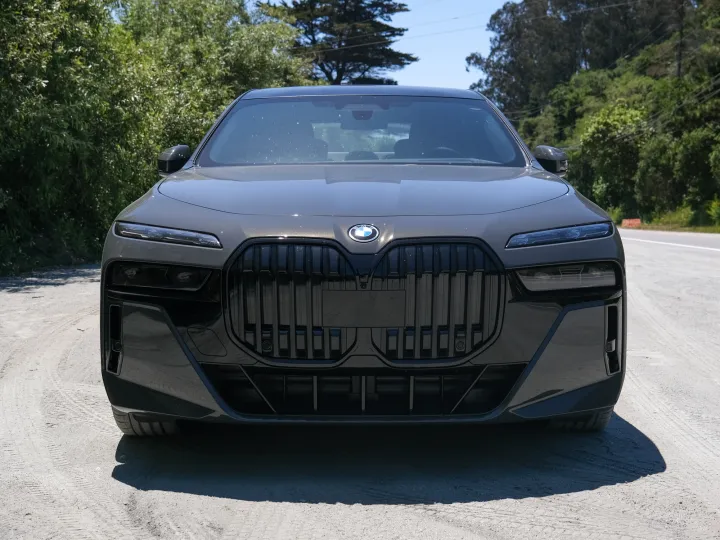
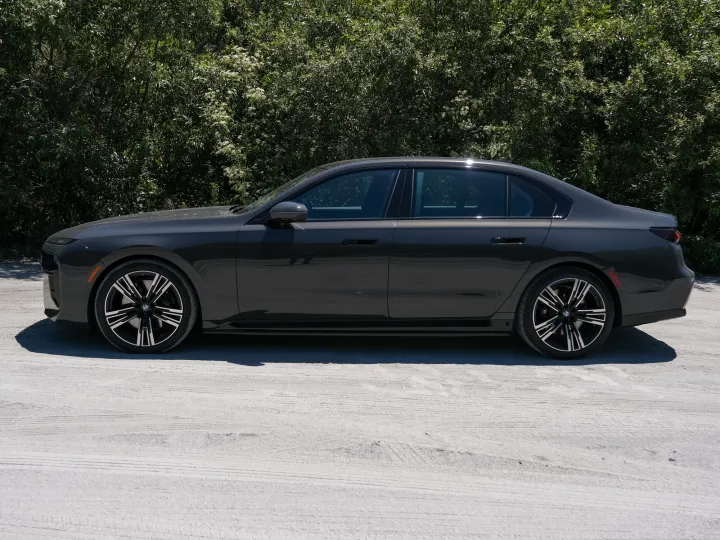
Regarding the car’s overall design, I am not sure. I do not hate it, but it is not the most attractive car out there either. It is not as insane as some of BMW’s other recent cars, but I do think some parts of it are a little excessive. Nevertheless, the M Sport Package was installed on our review vehicle, meaning it had bigger 21-inch wheels.
When you step inside the car, it is instantly evident that the interior was designed with luxury in mind. With soft padding and built-in heating and cooling, it is incredibly opulent. Unlike some of the competitors in this price range, the interior is extremely well-made and looks and feels expensive. The seats are covered in plush leather.
The i7’s interior is great, and I especially appreciate how much attention to passenger-row comfort is given to it. Users can adjust the temperature of the third zone and the window shade levels using a small display located in the arm of the two rear doors. It is good to see that the back seats also have massaging, heating, and cooling features. Our model of the car was not equipped with the large 31.3-inch display that is an option for the vehicle.
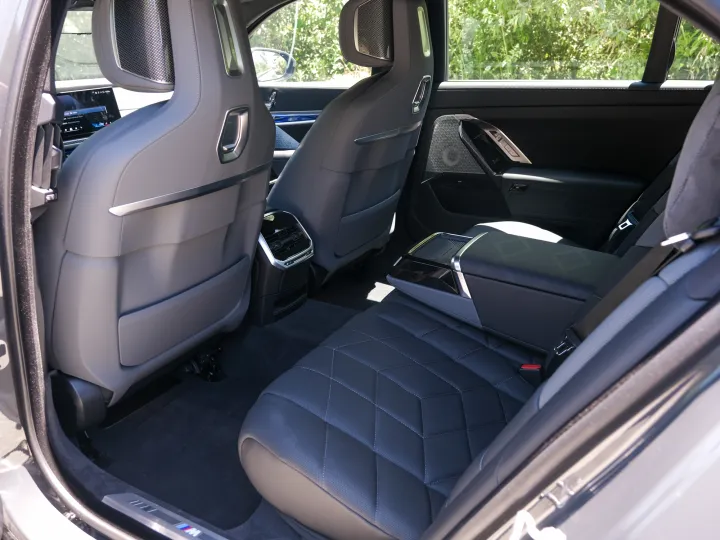
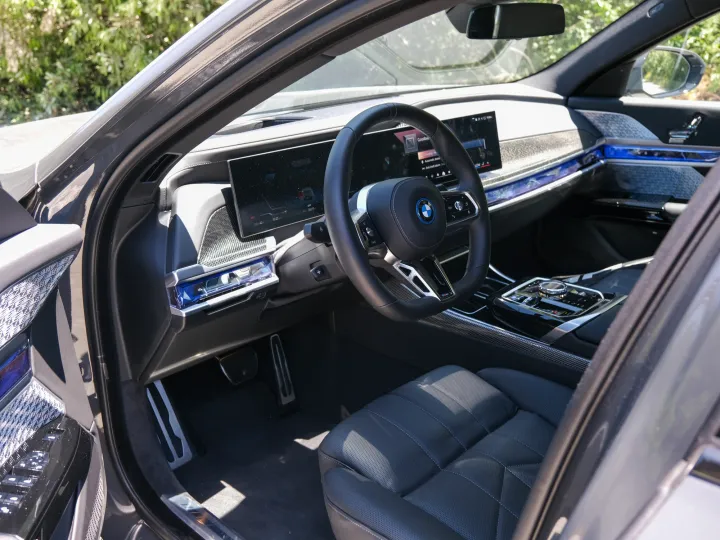
When it comes to overall comfort—that is, comfort for all passengers, not just those in the front seats—the i7 is arguably the most comfortable vehicle available.
Tech, infotainment, and driver assist
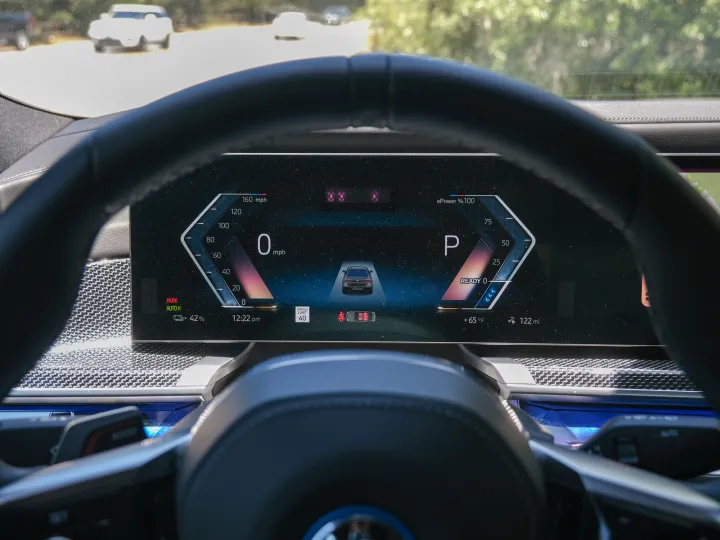
The car is very tech-heavy too. The displays in the back seats are really helpful, though occasionally a little slow. We have already discussed them. However, the car is surrounded by additional screens. Notably, the i7 has a sizable curved display up front that consists of a 14.9-inch infotainment display and a 12.3-inch instrument panel.
Both of these screens have stunning visuals, with vivid colors and fine details. It is not too bad that the car comes with BMW’s iDrive 8.5. It can be a little difficult to use and is still not the fastest infotainment system available. Plus, I noticed that it freezes up a bit more than I would have preferred. I do like the widget layout, though, and if you want to display additional information from the car, you can even have CarPlay or Android Auto function as a widget. I generally kept CarPlay at full-screen though.
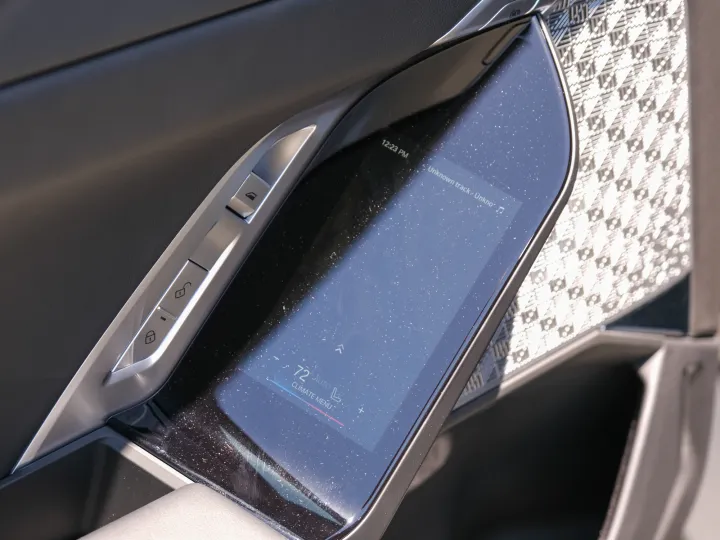
Though not as advanced as some of the more tech-focused cars available, the BMW i7 still has some useful driver-assist features. Due to the car’s adaptive cruise control and lane assist features, it can virtually drive itself on highways. Additionally, it has features like an instrument display that shows you the traffic in three dimensions. Additionally, our car had a parking assistant as an option. Since parking is still not my first instinct, I usually have to remember to use this feature when driving test cars. I would probably get into the habit of using one of these test cars if I were the owner. Regardless, the car has a helpful set of features overall.
Driving experience
Actually driving the BMW i7 is an excellent experience. The xDrive60 and M70 have two motors that power an all-wheel drive system, while the base model of the car has a single motor that powers the rear wheels. In 5.3 seconds, our vehicle reached 60 miles per hour.
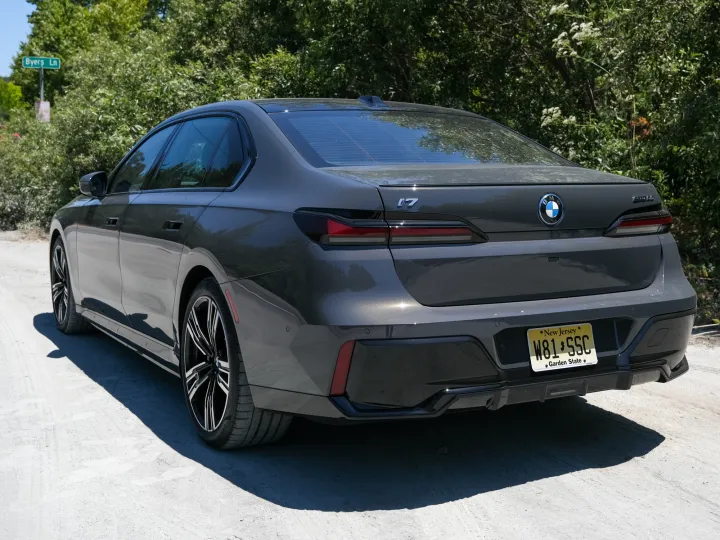
Yes, it is not as fast as a lot of the other electric cars on the market, including some that are significantly less expensive. However, it maintains a respectable speed and facilitates the swift overtaking of other vehicles on the highway, for instance. Recall that comfort and luxury are the vehicle’s primary goals, not necessarily the best possible performance. That being said, you will naturally receive both if you pay enough for the M70 (which accelerates from 0 to 60 miles per hour in 3.5 seconds).
Although the i7 is a large and weighty vehicle, I was surprised by how responsive the steering was and how much more agile the car felt overall. Even at higher speeds, the car’s cabin remains remarkably quiet, and its suspension contributes to its smooth ride. You would not feel every little bump in the road in a car like this, which is what you would want in a vehicle that is more performance-focused, but that is a good thing in this case.
Range and charging
Depending on the trim and options you choose, the BMW i7 offers a range of 274 to 321 miles. The eDrive50 has the longest range, ranging from 301 to 321 miles depending on factors like wheel type and other options. This is probably because the battery only needs to power one motor.
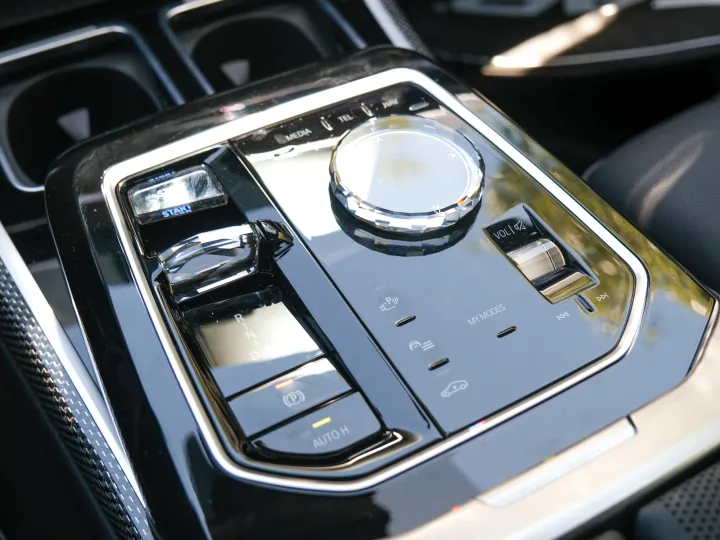
We are happy that the base model of the car can travel up to 300 miles, as it has a good range. And the estimates seemed to be about right based on my experience. But there is another high-end electric car that kind of dominates the i7: the Lucid Air. Even the $69,900 base model of the Lucid Air has a range of 419 miles. If you are primarily concerned about range, the Lucid Air is the premium electric sedan to choose.
The BMW i7 can charge at up to 250 kW, which, according to BMW, will allow the vehicle to reach 100 miles per charge in 12 minutes. It is not as quick as the fastest-charging vehicles on the market, such as the Hyundai Ioniq 5 and Kia EV6, but it is still a fast enough charging speed.
How DT would configure this car
The BMW i7 has a lot going for it — even if you go for the base model. The car accomplishes its goal of providing an excellent electric vehicle experience along with an extremely opulent interior. If you value comfort during your travels, the i7 is definitely worth taking into consideration. It may even raise the bar in this regard.
Although the i7 is not always designed with performance in mind, if you do decide to get one, we suggest going with the all-wheel-drive i7 xDrive60. A more agile drive will result from having at least two motors, even though you probably do not need the much more expensive M70.
Having said that, it is still important to take other cars into account. Even at a lower cost, the Lucid Air is still a far better choice if you are looking for a luxury vehicle that prioritizes “electric car things” like range, charging, and that lightning-fast acceleration. The Lucid Air Grand Touring, which boasts options for a 500+ mile range and an amazing acceleration time of 0 to 60 miles per hour in 3 seconds, is the better option if you are willing to spend i7-type money on an Air.
by DigitalTrends

